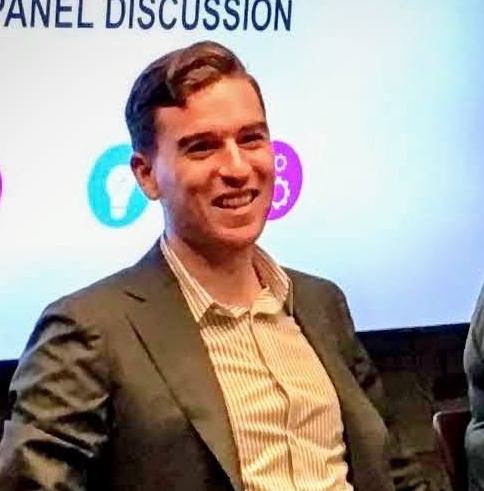










Positive and negative keywords are essential for generating photo-realistic AI faces. Without them, the AI wouldn’t be able to replicate the subtle nuances of human facial features and expressions. Positive keywords are used to define the characteristics of a face, such as skin tone, facial structure, age, and gender. On the other hand, negative keywords are used to define attributes that the AI should not include in its facial features, such as wrinkles, age spots, and facial asymmetry.
Using positive and negative keywords helps the AI to create faces that look more realistic and lifelike. It also helps the AI to account for different combinations of facial features that can be found among different ethnicities and genders. This is especially important when creating AI-generated faces with a diverse range of skin tones and facial structures. Without positive and negative keywords, the AI would be more likely to generate faces that look overly generic or that appear to be ‘stuck’ in one particular ethnicity or gender.
The use of positive and negative keywords also helps the AI to generate more realistic expressions on its faces. This is because the AI is able to account for the subtle differences between a smiling face and a frowning face, or a surprised face and an angry face. With positive and negative keywords, the AI can create faces that look more natural and realistic, rather than a face with a single expression.
All in all, positive and negative keywords are essential for generating photo realistic AI faces. They help the AI to create faces that look more lifelike and that can display a range of emotions. Without them, the AI would be more likely to generate overly generic or ‘stuck’ faces that would not be able to appeal to a wide range of audiences.
Positive keywords are the features that are desired in the generated AI face. They include attributes such as age, skin tone, eye color, hair color, facial features, etc. By providing positive keywords, the AI model has a clear idea of what features to incorporate in the generated face. This makes it easier to achieve a photo-realistic output as the model is trained to create faces based on specific characteristics. I threw some good and some funny ones above.
On the other hand, negative keywords are used to eliminate any unwanted features in the generated face. These could be things like scars, wrinkles, glasses, or other physical attributes that are not desired in the output. By providing negative keywords, the AI model can create a face that is more in line with the desired output, making it look more realistic.
It’s important to note that the use of positive and negative keywords can also impact the diversity of the generated faces. For example, if the positive keywords are limited to a particular ethnicity or gender, the AI model will only generate faces that match that specific criteria, leading to a lack of diversity in the output. This highlights the importance of using a diverse range of keywords when generating AI faces, as it helps to create a more diverse and representative output.
In conclusion, positive and negative keywords play a crucial role in the creation of photo-realistic AI faces. They provide the AI model with a clear idea of what features to incorporate and what to avoid, resulting in a more convincing and realistic output. The use of a diverse range of keywords also helps to ensure that the generated faces are representative of a diverse range of people.
Realistic Faces:
Postive: photo of one smirking 29 year old damien lewis person on the streets of Paris looking at the camera, plump lips, pale skin, upper body, detailed skin, detailed eyes, realistic eyes, 20 megapixel, canon eos r3, detailed skin, detailed face,A futuristic utopian city, a detailed sci-fi render by beeple and unsplash, 8k resolution, unreal engine. v-ray.
Negative: cartoon, 3d, filter, black and white, acne, pits on face, bad skin, ugly eyes, blurry background, shallow depth of field, bokeh, 2 people, black and white, bad teeth, lazy eye, deformed iris, deformed eyes, bad eyes, (disfigured), (bad art), (deformed), (poorly drawn), (extra limbs), (close up), strange colours, blurry, boring, sketch, lackluster, face portrait, signature, letters, watermark, grayscale, moody lighting

